The State of Alaska’s position of record is that has never been and will never be any wrongful conviction in their justice system. The notion that the government institution operated by human beings is free from all human error is bizarre but not unusual as many leaders and governments have attempted to avoid scrutiny through claims of divinity or innate perfection. This is a view notably shared by such leaders as David Koresh, Charles Manson, Stalin, Kim Jong-il, and a host of other nuts. And, just as in other situations of bureaucratic corruption, those who have spoken out against their absurdity have become the targets of inappropriate and vulgar displays of power.
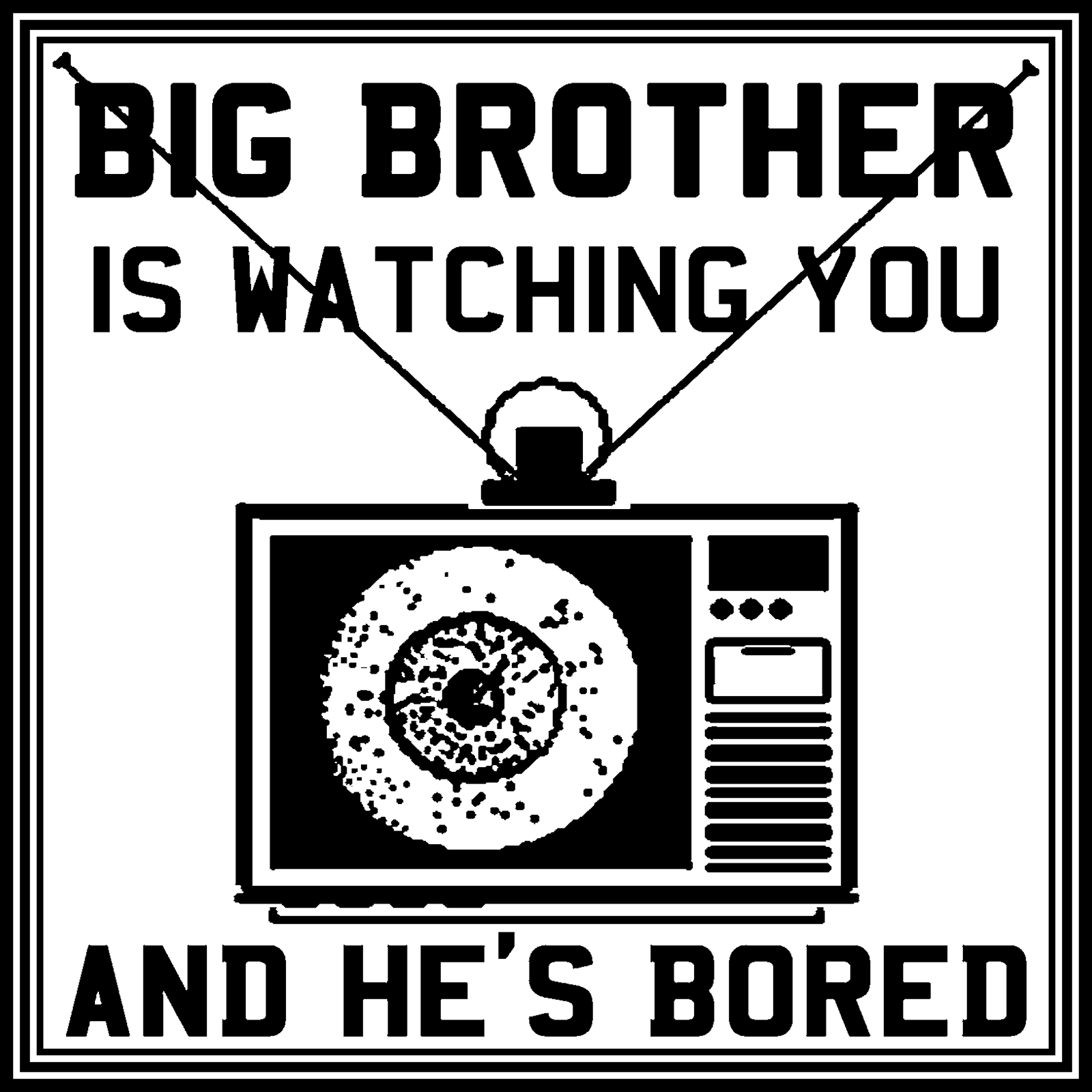 The average citizen of the free world tends to understand and accept that attacks on freedom of speech happened unabated through history, yet still believe that such attacks are part of the past. That is because the average citizen goes to work, comes home to catch some prime time television, throws the occasional political meme up on their Facebook wall, and expresses their more radical beliefs at their own tables. In short, the average citizen does not live in a state of oppression, and does not speak out in high visibility situations about the oppression or unjust actions taken by the government that they observe. And thus, tales of attacks on civil rights leaders, corruption, abuses of power, are relegated to the history channel documentaries on the 60’s or Richard Nixon and the like.
The average citizen of the free world tends to understand and accept that attacks on freedom of speech happened unabated through history, yet still believe that such attacks are part of the past. That is because the average citizen goes to work, comes home to catch some prime time television, throws the occasional political meme up on their Facebook wall, and expresses their more radical beliefs at their own tables. In short, the average citizen does not live in a state of oppression, and does not speak out in high visibility situations about the oppression or unjust actions taken by the government that they observe. And thus, tales of attacks on civil rights leaders, corruption, abuses of power, are relegated to the history channel documentaries on the 60’s or Richard Nixon and the like.
This still happens today. Those who speak out publicly and effectively against the government, their agents, institutions, and policies still come under attack. Here. In our town, in your town, in any town. And it is critically important that you pay attention when it happens under your nose, because our progress as the human race depends upon ordinary people with perfectly average and kind sensibilities making sure that the founding principles of their nations are upheld.
It is inside the context of sharing a larger lesson about the importance of speaking out that we have chosen to share precisely how this blog and the leaders of the innocence movement in Alaska came under attack by the State of Alaska.
If you call up the leaders of this great state they will absolutely assure you that no one was attacked, that they support freedom of speech, and that all contact, subpoenas, recordings, etc. of those affiliated with the Fairbanks Four movement were done appropriately, for the right reasons, and inside the confines of the law. And they would be lying.
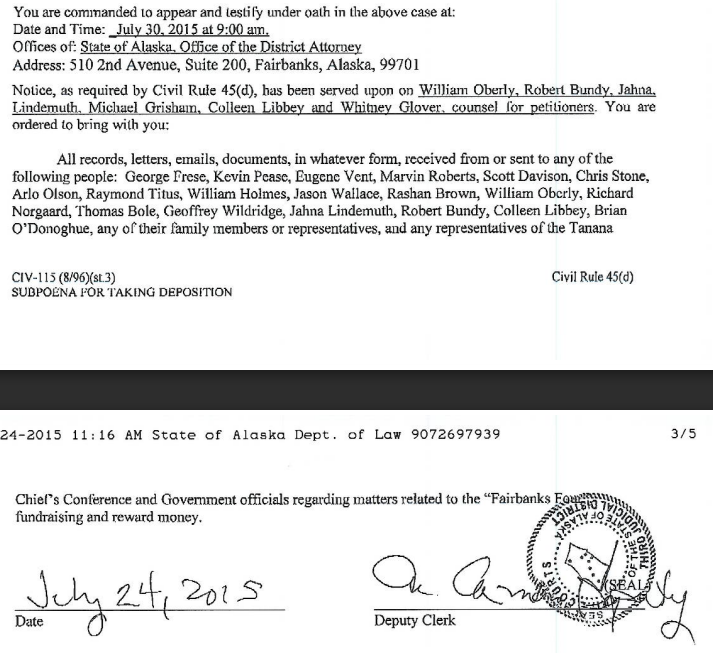 In July of 2015 the State of Alaska served a “subpoena duces tecem” on this blogger for testimony and collection of my personal AND work emails, letters, communications of all kind, writings, and more. The full scope of the subpoena is pictured here. A subpoena duces tecem is used to take property and information into the custody. It is a Latin phrase which translates as “you will bring with you under penalty of punishment.”
In July of 2015 the State of Alaska served a “subpoena duces tecem” on this blogger for testimony and collection of my personal AND work emails, letters, communications of all kind, writings, and more. The full scope of the subpoena is pictured here. A subpoena duces tecem is used to take property and information into the custody. It is a Latin phrase which translates as “you will bring with you under penalty of punishment.”
So, I produced years of letters, messages, emails, blog writings, and more. Under threat of arrest, and in a sincere effort to allow transparency. I also attended the demanded interview for taking of my deposition.
Depositions are a virtual legal free-for-all. An attorney, in this case Adrienne Bachman for the State of Alaska, can conduct a deposition on virtually anyone based on their own opinion that the interview MAY lead to the discovery of admissible evidence. It is such a vague standard that it is a loophole easily exploited for the purpose of harassing or spying on activists.
At the deposition interview, here are some things the State asked me:
1.) Fully described directions by landmark to a particular elder’s house (weird and actually the scariest question because I could not imagine what they would do once they got there, like was Adrienne Bachman going to be standing over her bed at the witching hour?).
2.) People who I had sexual relationships (easy – the people I decided have sexual relationships with #noregrets).
3.) The details surrounding a specific arrest for minor consuming alcohol at the age of 17 (I don’t remember really, I was drunk and seventeen).
4.) What drugs she had done as a teenager or seen other people do (as many as I could get my hands on with whoever was available).
5.) Why I had custody of previous foster care children (Sincerely inappropriate question under any circumstance).
6.) Whether I had ever used the term “sugar mama” (I really can’t remember but that sure sounds like something I would say), and then, why I was laughing at the use of the term “sugar mama” (well…because it’s funny, especially in context).
7.) HOW I drank as a teenager (to excess, and unfortunately I don’t have a lot of details beyond that, because I was pretty much drunk for the entire mid to late 90’s).
And so on…
The beauty here for me is that I am perhaps less uncomfortable with my past than the average person, and although I found the process truly invasive and uncomfortable, I did not find it debilitating. I am a nonfiction writer. I have invaded my own privacy in the name of telling a story for my entire life, and to me the value in sharing the brutal truth greatly overrides the embarrassment of it being public. We are all human. But that is not necessarily typical, and the reality is this experience could be terrible for many people.
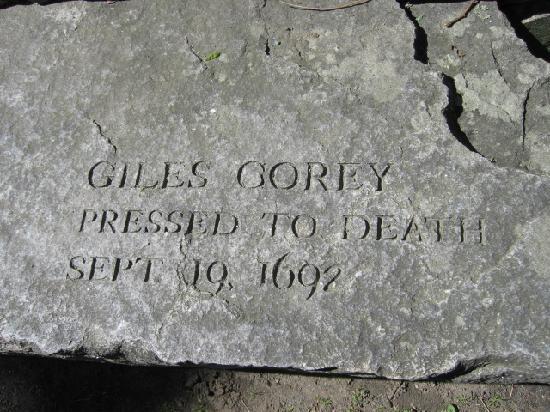 It is worth noting that the questions were not relevant to the Fairbanks Four case, and were stereotypical attacks of a power figure against a woman. Revelation of deviant past behavior, attacks on maternal identity, and sexual relationships or sexual history, though certainly not relevant to the case, are a classic targets when attempting to discredit any woman. And we should all be concerned at the idea of the government slut-shaming outspoken women. That said, look backward, and look forward. There has always been an organized overkill response to women who are too outspoken or who possess political power that makes the powers that be uncomfortable. The Salem Witch trials come to mind. Scarlet letters. Stolen children. The many thousands of land owning widows who faced execution, wrongful conviction, displacement. The woman, who, right now as you read this, is being hung or stoned to death or beheaded or otherwise silenced by death for failing to accept the terms of her specific oppression,. Beheaded and deposed is a far cry from one another. Yet, we cannot regard any action on the spectrum as acceptable without condoning the ideology that fuels attacks on the outspoken. And my specific experience is worth talking about only because it is universal, and because I am so ordinary. If the government can go through all of my stuff and ask me those questions, they could do that to anyone. And I was far from the only person under scrutiny in this case.
It is worth noting that the questions were not relevant to the Fairbanks Four case, and were stereotypical attacks of a power figure against a woman. Revelation of deviant past behavior, attacks on maternal identity, and sexual relationships or sexual history, though certainly not relevant to the case, are a classic targets when attempting to discredit any woman. And we should all be concerned at the idea of the government slut-shaming outspoken women. That said, look backward, and look forward. There has always been an organized overkill response to women who are too outspoken or who possess political power that makes the powers that be uncomfortable. The Salem Witch trials come to mind. Scarlet letters. Stolen children. The many thousands of land owning widows who faced execution, wrongful conviction, displacement. The woman, who, right now as you read this, is being hung or stoned to death or beheaded or otherwise silenced by death for failing to accept the terms of her specific oppression,. Beheaded and deposed is a far cry from one another. Yet, we cannot regard any action on the spectrum as acceptable without condoning the ideology that fuels attacks on the outspoken. And my specific experience is worth talking about only because it is universal, and because I am so ordinary. If the government can go through all of my stuff and ask me those questions, they could do that to anyone. And I was far from the only person under scrutiny in this case.
By the time that the Fairbanks Four proceedings were nearing completion and the state had failed to present a case that supported the guilt of the wrongfully convicted men, they presented an unsubstantiated theory that the “Fairbanks Four” activists, specifically myself, business owner Ricko DeWilde, and pastor Shirley Lee had conspired with a prison gang to have Arlo Olson intimidated.
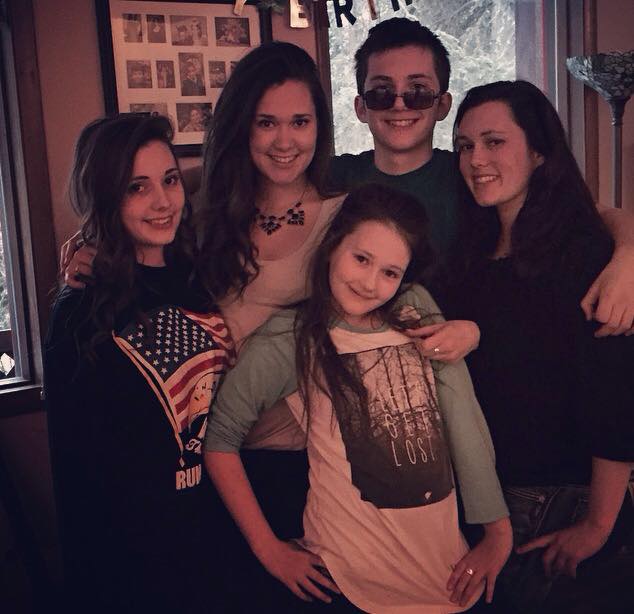
April and her gang
Let me take a quick break to say, as absurd as I feel writing this sentence, I am not in a prison gang. I frankly have my doubts as to whether or not I would qualify for admission into an all-male prison gang even if it was my aspiration. I do not know or care whether or not any of the Fairbanks Four have affiliated with prison gang members in the last eighteen years of living in prison. I am certain that Pastor Lee and Mr. DeWilde are not in a prison gang. We have not, would not, and did not conspire to intimidate or harass anyone, and haven’t even conspired to hurt their feelings. We have, openly and publicly, encouraged people with information to come forward in this case and vowed to stand by them if they are attacked for doing the right thing. Because their own government WILL attack them for doing the right thing, and has (see Scott Davison or Arlo Olson). We have bribed no one, paid no one, threatened no one, hurt no one. Still, the State of Alaska presented that theory in a court of law.
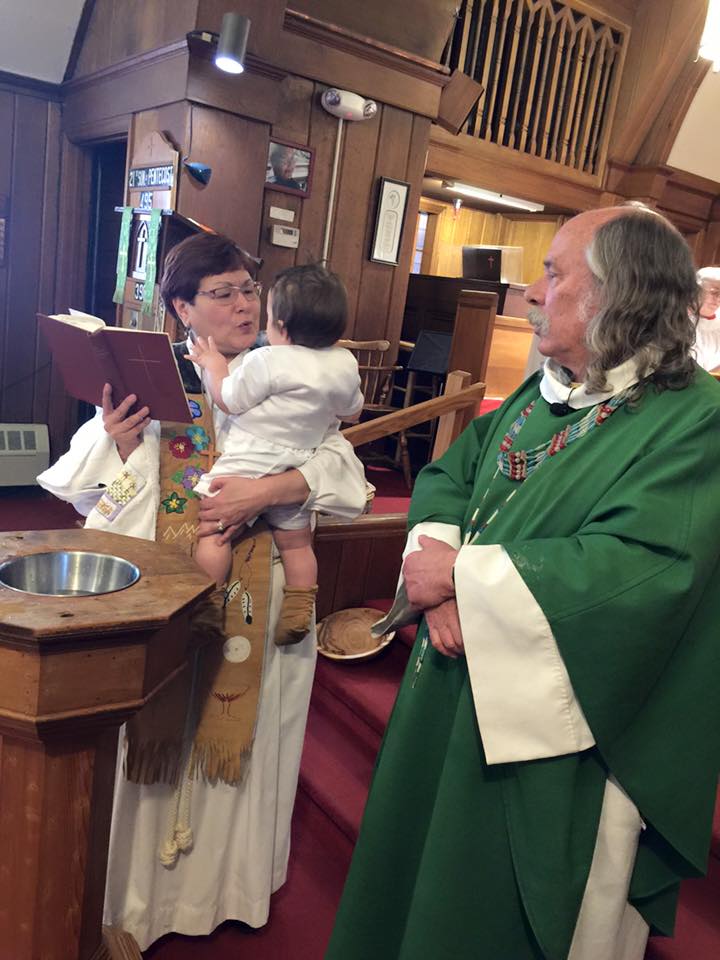
Shirley Performing A Baptism, Like a Boss
Pastor Shirley Lee, a longtime activist and member of the Episcopal clergy, was mentioned in deposition and again in trial testimony. The State of Alaska insinuated that the pastor was part of a conspiracy to intimidate, bribe, or harass witnesses. A pastor. This grandmother, pictured here to your left. She runs a homeless shelter, leads services on Sunday, and holds memorial services for people who are unclaimed or whose deaths are unsolved. Pretty gangsta.
Unlike Shirley, who may qualify for sainthood, Ricko and I are not perfect angels, but we are good human beings. Our horns may be holding up our halos, but they are there nonetheless. And the reality is that the innocence movement is controversial and unpopular – of course it was pioneered by rebels.
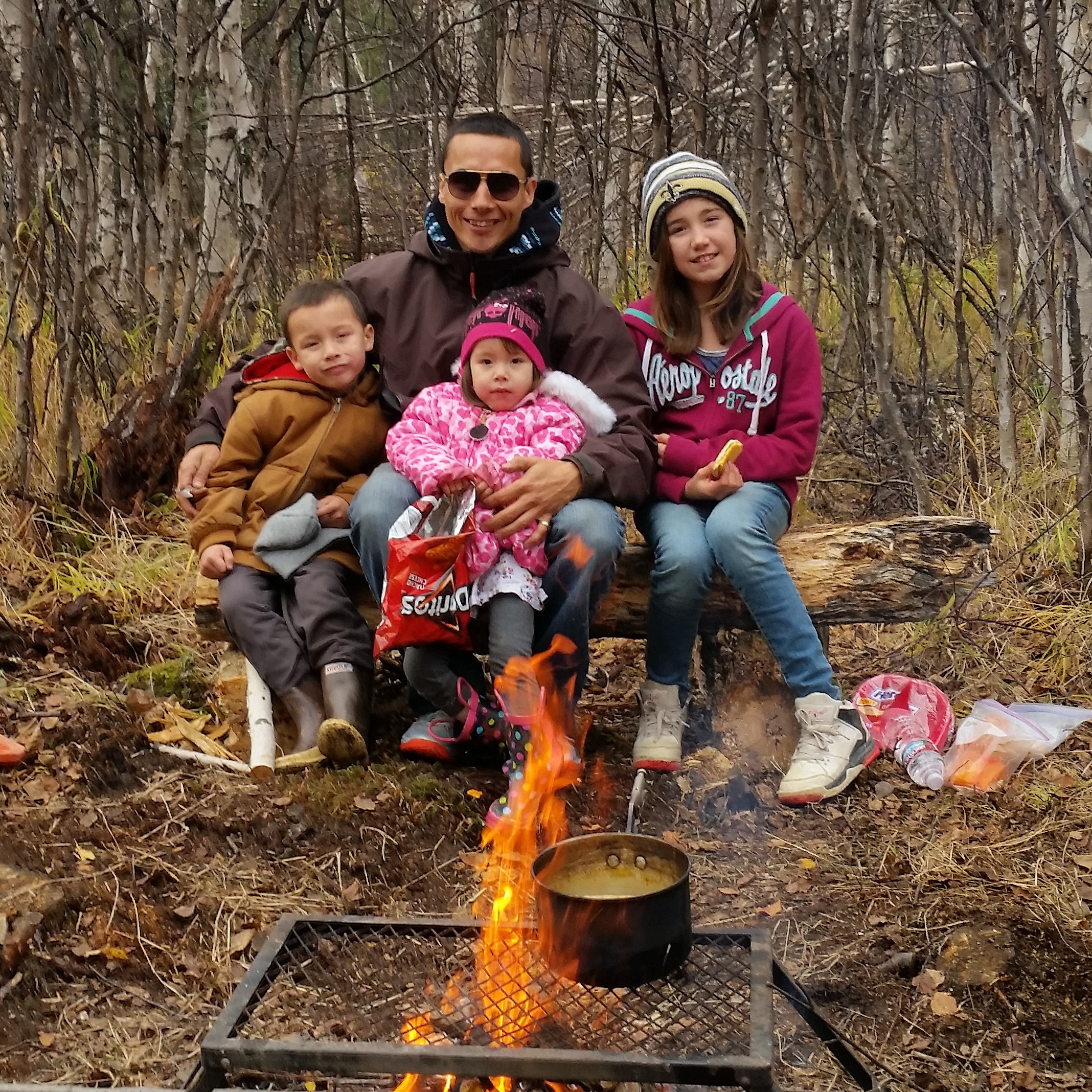
Ricko and his actual gang
Ricko DeWilde, owner of Native art themed clothing line HYDZ, was repeatedly named in the vague but bold conspiracy touted by the State. Adrienne Bachman said, in court, as if it were fact that Ricko had assaulted Arlo Olson when they were together in jail. This is really problematic. First, Ricko and Arlo were never in jail together. Second, Arlo was not assaulted in jail according to any records, staff, or perhaps most importantly by Olson himself. Olson did say that he was picked on and treated poorly in prison after a news article revealed him to be an informant, but lent no credibility to the idea that he was the victim of a gang conspiracy or any assault.
And, according to Bachman, it was I who ordered the beating, as part of my role as a prison gangster.
 One piece of evidence was introduced, and then rejected by the court, as “evidence” of my gang affiliation. It was a letter from Eugene Vent some years ago. In a six-page diatribe about the evils or racism and how the prison system encourages the internalization of racist stereotypes as a means of control, how that same prison system is a microcosm of society, and racism and identity by ethnicity is a construction of the majority to oppress the minority, Eugene used the word “brotherhood,” and once he capitalized it. He also capitalized words like “defense,” “potential,” and “tomorrow.” To my sincere frustration, Eugene does not use capital letters or quotation marks appropriately all the time. Yet, that does not mean I am in a gang, only that I was correct when I warned him that alternative grammar has unintended consequences (or “Consequences” as he might say). Nor does it mean that anyone was assaulted.
One piece of evidence was introduced, and then rejected by the court, as “evidence” of my gang affiliation. It was a letter from Eugene Vent some years ago. In a six-page diatribe about the evils or racism and how the prison system encourages the internalization of racist stereotypes as a means of control, how that same prison system is a microcosm of society, and racism and identity by ethnicity is a construction of the majority to oppress the minority, Eugene used the word “brotherhood,” and once he capitalized it. He also capitalized words like “defense,” “potential,” and “tomorrow.” To my sincere frustration, Eugene does not use capital letters or quotation marks appropriately all the time. Yet, that does not mean I am in a gang, only that I was correct when I warned him that alternative grammar has unintended consequences (or “Consequences” as he might say). Nor does it mean that anyone was assaulted.
Judge Paul Lyle, who presided over the hearings, was quick to squash the theory. He asked Prosecutor Adrienne Bachman whether she “had any evidence at all linking the petitioners or this witness to a gang or an assault,” to which she had to answer truthfully, “no.
Yet, despite the admitted absolute lack of evidence, our names have appeared in the newspaper alongside these accusations. Our personal belongings and communications have been scrutinized and, as of today, remain in the possession of the State of Alaska.
A secondary goal of subpoena may have been to keep myself and reporter Brian O’Donoghue out of the courtroom in an effort to control media coverage of the trial. The State invoked a rule banning named witnesses, which just happened to include the most prominent reporter and blogger covering the case. If that was an intention, it was simply another gift, as without the subpoena we would not have had an opportunity to reflect on what such a display of power means and, in turn, write about it.
And now that I have been asked questions, under threat of penalty under the law, about things as incredibly unrelated and inappropriate as whom I have had sex with, I have something to say about that. Two things, really. First, readers, just know that this still happens, even today and even in the country that worships at the altar of personal freedom. Second, and more importantly, thank you to the State of Alaska and thank you Adrienne Bachman. Everything is an opportunity. You have given us an opportunity to turn to those who came forward and say, look, we kept our promise. We were right there in the crosshairs alongside you and you were not alone. You gave me a chance to turn to my children and say, we do not participate in rape culture and shaming of other people by agreeing to play the game. We are not and will not be ashamed of our pasts or our mistakes; we will own our choices and celebrate our lessons. Watch me, learn. The world says be afraid and be ashamed, and part of me wants to listen to that. But my better angels say, screw those guys, set down that shame it belongs to them, and do not agree to play a losing game. Always listen to that voice.
After that speech my son said, “You’re a really good mom.”
My oldest daughter said, “Haters gonna hate, just keep your head up like #noshame.”
And my youngest said, “I wanna come next time, I’ll bring popcorn.” And then she gave me a hug and we all laughed and were better for it.
At church another pastor remarked about Shirley that you could always find the true disciples in the newspaper making waves.
While the state was busy hypothesizing that Ricko was the muscle of the conspiracy, he was busy welcoming a new son to the world and hosting yet another fundraiser to make the world a better place.
We are blessed.
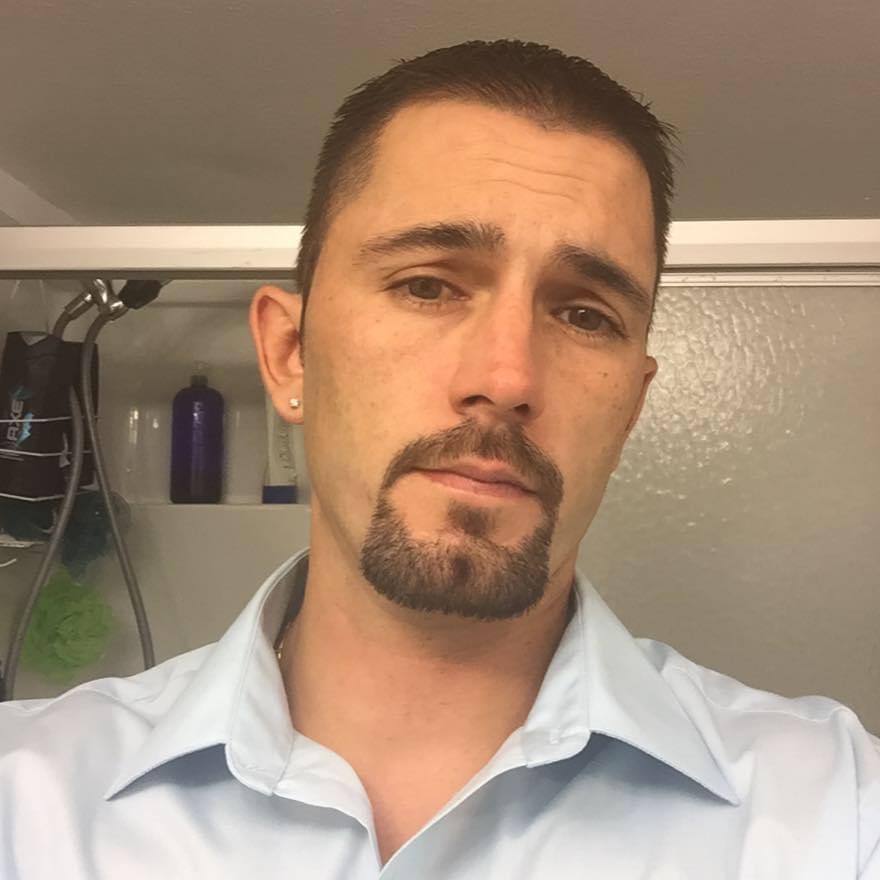 It is with a heavy heart we received the news that Scott Davison has passed away. If not for his courage, and the core decency that left him tormented for many years with the information he had in this case, four innocent men would still be in prison.
It is with a heavy heart we received the news that Scott Davison has passed away. If not for his courage, and the core decency that left him tormented for many years with the information he had in this case, four innocent men would still be in prison.
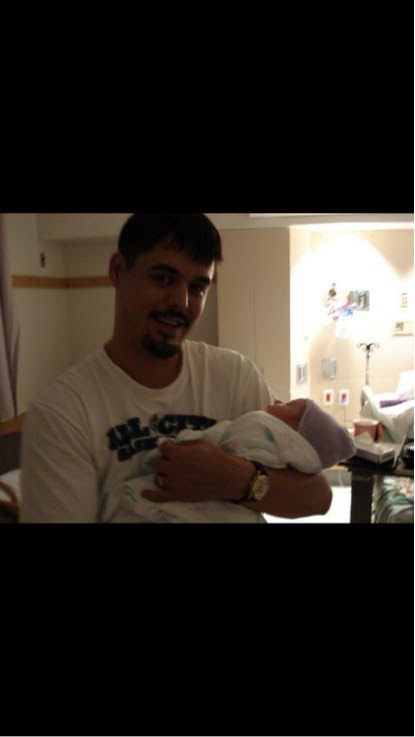 We were deeply saddened to receive news of Arlo Olson’s passing and further disheartened to learn that he took his own life while in custody.
We were deeply saddened to receive news of Arlo Olson’s passing and further disheartened to learn that he took his own life while in custody.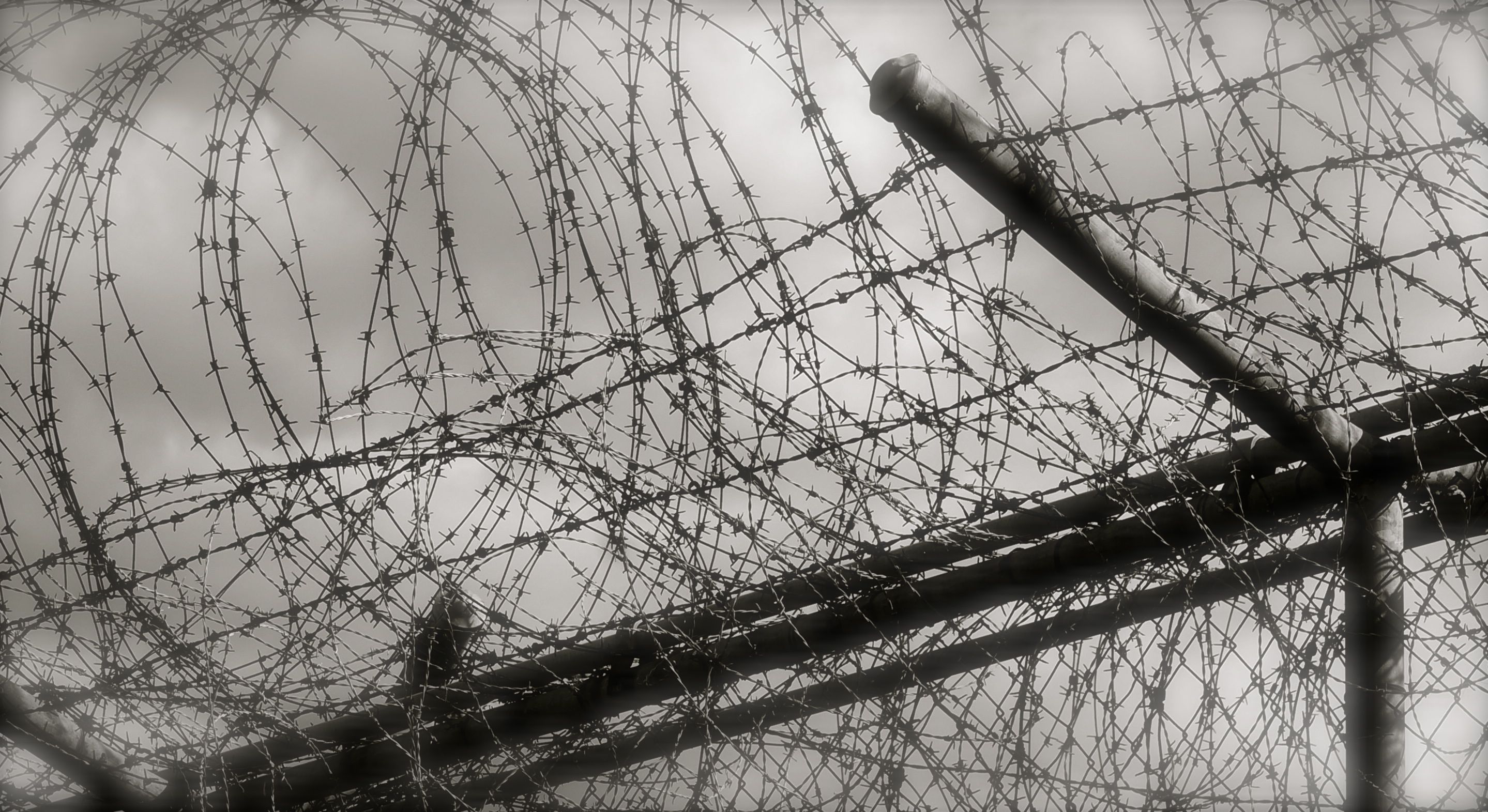 Prison is just a few short weeks in the past for the four men who served eighteen years for a crime they did not forget. With freedom has come the opportunity to begin what will surely be a lifelong task of reflecting on their experience. They like to focus on the victory and its blessings more than the difficulty of enduring eighteen long years of incarceration. But today, the men discuss what it felt like to be locked up.
Prison is just a few short weeks in the past for the four men who served eighteen years for a crime they did not forget. With freedom has come the opportunity to begin what will surely be a lifelong task of reflecting on their experience. They like to focus on the victory and its blessings more than the difficulty of enduring eighteen long years of incarceration. But today, the men discuss what it felt like to be locked up.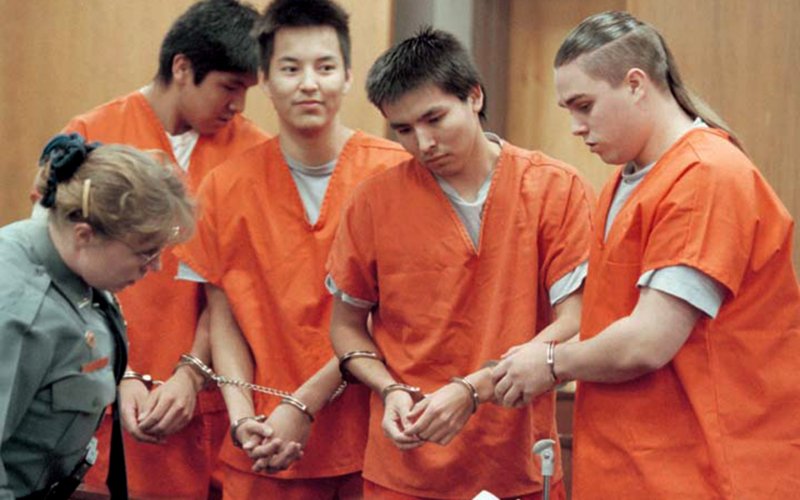 “Yeah,” Kevin interjects, “But it didn’t take no two weeks. It took years and we had to force ourselves to get used to it. So we wouldn’t go crazy. When you’re in there innocent it’s all unreal.”
“Yeah,” Kevin interjects, “But it didn’t take no two weeks. It took years and we had to force ourselves to get used to it. So we wouldn’t go crazy. When you’re in there innocent it’s all unreal.”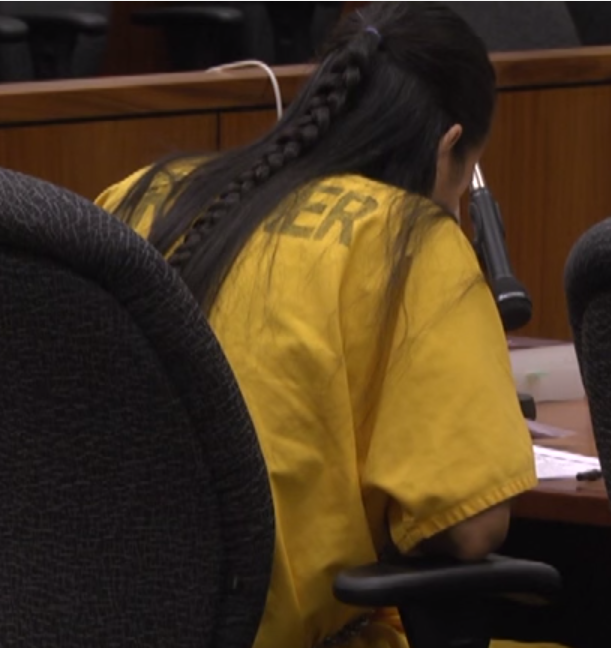 “And then to think, ” George continues, “I had to face another eleven years, or more, it almost did me in. The attorneys meant well but once they lose they are gone too, during the appeal process they were people I spoke with, they provided hope and I relied on this hope, and it fell through, and they disappear. Just extreme isolation. The hopelessness. But I know why I pulled through – easy. My daughter. I didn’t want to hurt her, and that was my only reason. It was enough for me at that time I was willing to keep going, even if all that was ahead was suffering, if it spared her. I read about suicide, and it discussed the impact suicide has on other people and the psychology that fuels you. It underscored that my actions could affect her. So I stayed. I survived.”
“And then to think, ” George continues, “I had to face another eleven years, or more, it almost did me in. The attorneys meant well but once they lose they are gone too, during the appeal process they were people I spoke with, they provided hope and I relied on this hope, and it fell through, and they disappear. Just extreme isolation. The hopelessness. But I know why I pulled through – easy. My daughter. I didn’t want to hurt her, and that was my only reason. It was enough for me at that time I was willing to keep going, even if all that was ahead was suffering, if it spared her. I read about suicide, and it discussed the impact suicide has on other people and the psychology that fuels you. It underscored that my actions could affect her. So I stayed. I survived.”
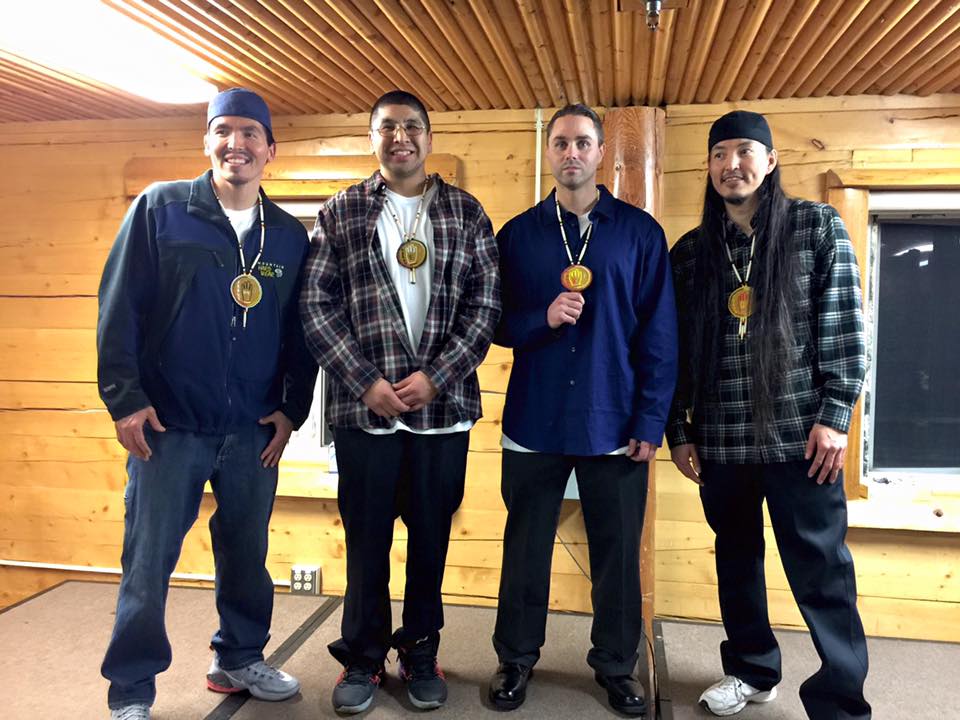 The four men at the heart of the case- Eugene Vent, George Frese, Kevin Pease, and Marvin Roberts – maintained their innocence for the entire eighteen years of their imprisonment, and refused to sign any terms of release that would not allow them to continue professing their innocence. After a five week evidentiary hearing on the case in which newly unearthed evidence that exposed incredible police and prosecutorial misconduct in the original case, undermined the credibility of the information prosecutors and police used to convict them, and revealed not one but two confessions from the alternate suspects known to the police for many years, the
The four men at the heart of the case- Eugene Vent, George Frese, Kevin Pease, and Marvin Roberts – maintained their innocence for the entire eighteen years of their imprisonment, and refused to sign any terms of release that would not allow them to continue professing their innocence. After a five week evidentiary hearing on the case in which newly unearthed evidence that exposed incredible police and prosecutorial misconduct in the original case, undermined the credibility of the information prosecutors and police used to convict them, and revealed not one but two confessions from the alternate suspects known to the police for many years, the 
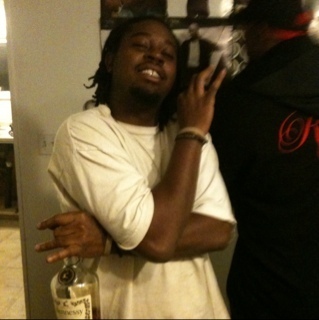 Shelmar Johnson, longtime drug dealer, burglar, who supplied weapons for at least one murder, is currently in Orlando, Florida.
Shelmar Johnson, longtime drug dealer, burglar, who supplied weapons for at least one murder, is currently in Orlando, Florida. Marquez Penninton, longtime drug dealer and woman beater, is here in the greater Fairbanks area, sharing streets with our children, exactly where the entire community was terrified the killers of John Hartman would end up back in 1997.
Marquez Penninton, longtime drug dealer and woman beater, is here in the greater Fairbanks area, sharing streets with our children, exactly where the entire community was terrified the killers of John Hartman would end up back in 1997.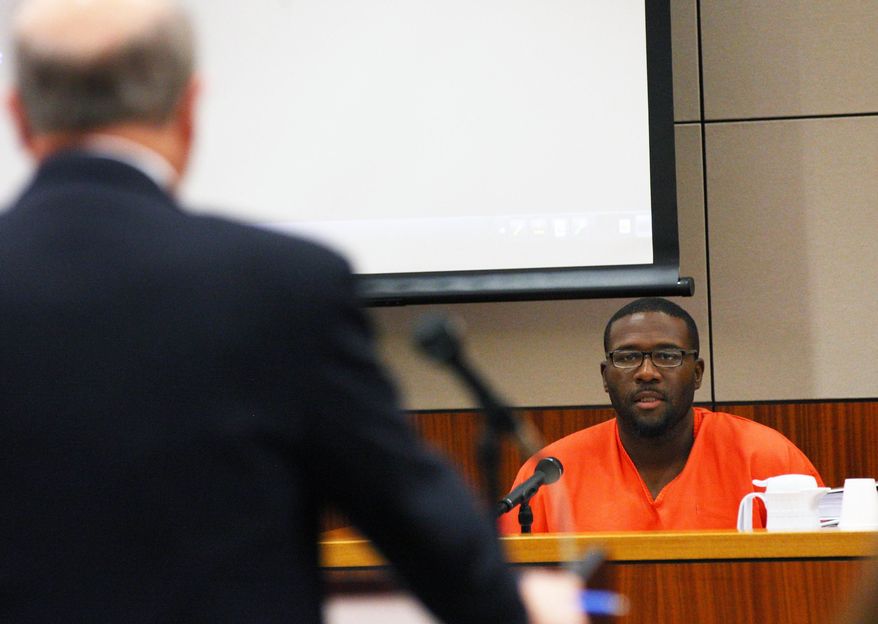 William Holmes is in prison in California, because after you failed to arrest him for killing John Hartman, he killed two young men execution style an dumped them on the highway before heading off to execute his plan to kill an entire family including a little girl. Again, it’s important to arrest killers. They kill people. Like human people. Kind of a huge deal.
William Holmes is in prison in California, because after you failed to arrest him for killing John Hartman, he killed two young men execution style an dumped them on the highway before heading off to execute his plan to kill an entire family including a little girl. Again, it’s important to arrest killers. They kill people. Like human people. Kind of a huge deal. Jason Wallace is in prison in Seward, which the FPD and state know, because they’re in pretty tight with him. And he is there because after they failed to arrest him for killing John Hartman he….yes, he killed more people. Again, we need to arrest killers because of the killing. But Wallace is in a category all his own. Last time he was in a squad car it was for killing an unarmed woman with a hammer, after which an officer took him to McDonalds because he felt bad Wallace would not be eating a burger for a long time. Unfortunately, he cannot be prosecuted for killing John Hartman because the State gave him immunity in the obscene effort to keep innocent men in prison. He CAN however be prosecuted for the perjury for lying on the stand.
Jason Wallace is in prison in Seward, which the FPD and state know, because they’re in pretty tight with him. And he is there because after they failed to arrest him for killing John Hartman he….yes, he killed more people. Again, we need to arrest killers because of the killing. But Wallace is in a category all his own. Last time he was in a squad car it was for killing an unarmed woman with a hammer, after which an officer took him to McDonalds because he felt bad Wallace would not be eating a burger for a long time. Unfortunately, he cannot be prosecuted for killing John Hartman because the State gave him immunity in the obscene effort to keep innocent men in prison. He CAN however be prosecuted for the perjury for lying on the stand.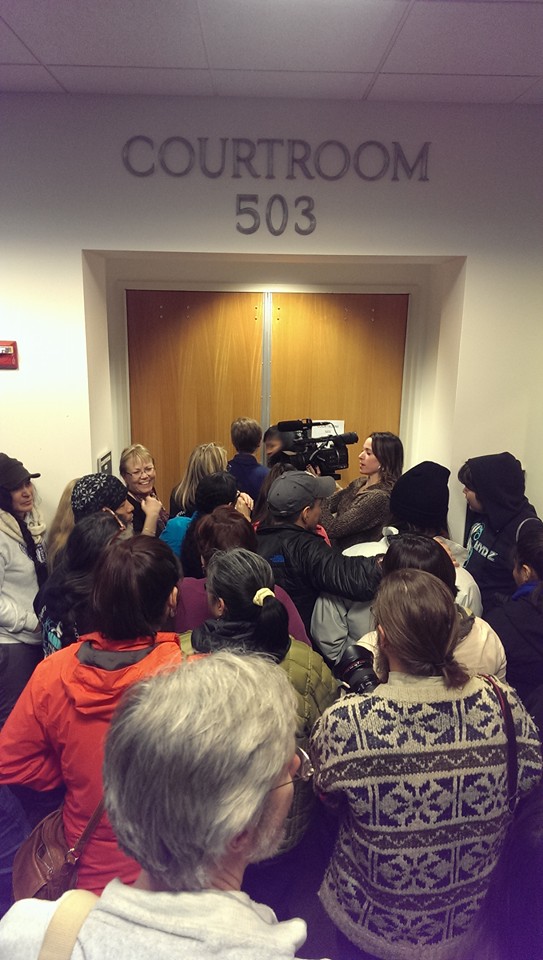 Hundreds or people filled the hallway of the fifth floor of the Fairbanks Superior courthouse yesterday, gathered around two closed doors bearing the words “Confidential Hearing Do Not Enter.” They came one by one, trickling in to wait together, again, for justice. Grandmothers with their scarves and crochet needles, babies hanging from their mother’s hips, teenagers playing on their phones, nurses on lunch break, a relocated e-board meeting, beggars, CEO’s, activists, priests, people – they all came, and they waited.
Hundreds or people filled the hallway of the fifth floor of the Fairbanks Superior courthouse yesterday, gathered around two closed doors bearing the words “Confidential Hearing Do Not Enter.” They came one by one, trickling in to wait together, again, for justice. Grandmothers with their scarves and crochet needles, babies hanging from their mother’s hips, teenagers playing on their phones, nurses on lunch break, a relocated e-board meeting, beggars, CEO’s, activists, priests, people – they all came, and they waited.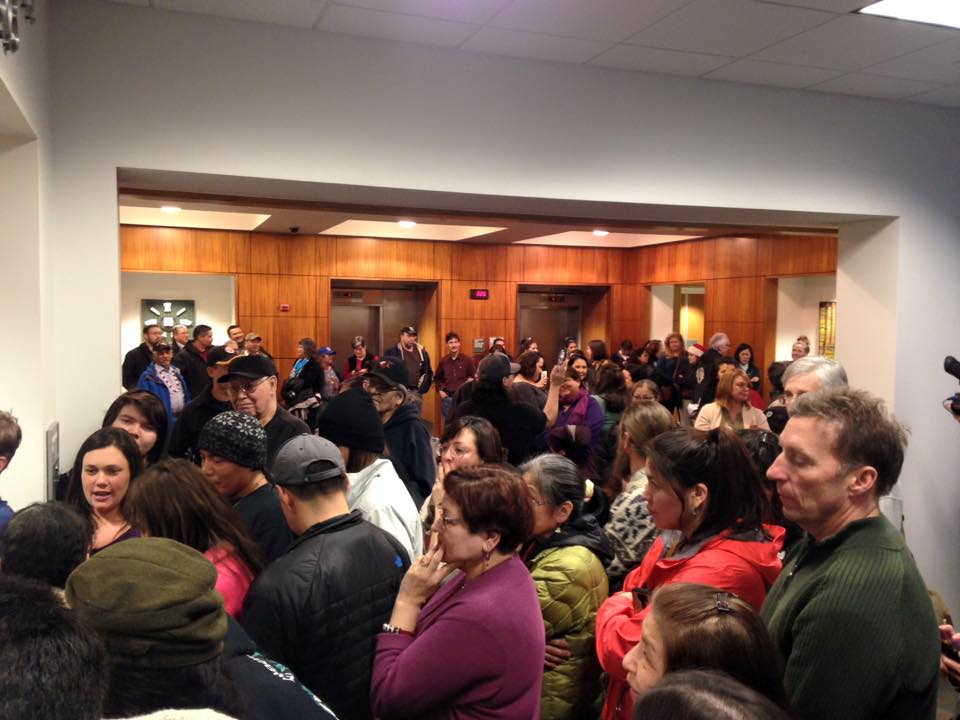 Because eighteen years ago men in power took away four boys for a crime they did not commit on a whim and a terrible miscalculation. Four boys. Children. They did not care whether or not they were guilty, just believed they were disposable. That they would be forsaken and forgotten because they could not see them as human beings with value equal to their own children, because that is the dehumanizing reality of racism and bias. They were so, so wrong. It’s beautiful, really, how wrong they were.
Because eighteen years ago men in power took away four boys for a crime they did not commit on a whim and a terrible miscalculation. Four boys. Children. They did not care whether or not they were guilty, just believed they were disposable. That they would be forsaken and forgotten because they could not see them as human beings with value equal to their own children, because that is the dehumanizing reality of racism and bias. They were so, so wrong. It’s beautiful, really, how wrong they were.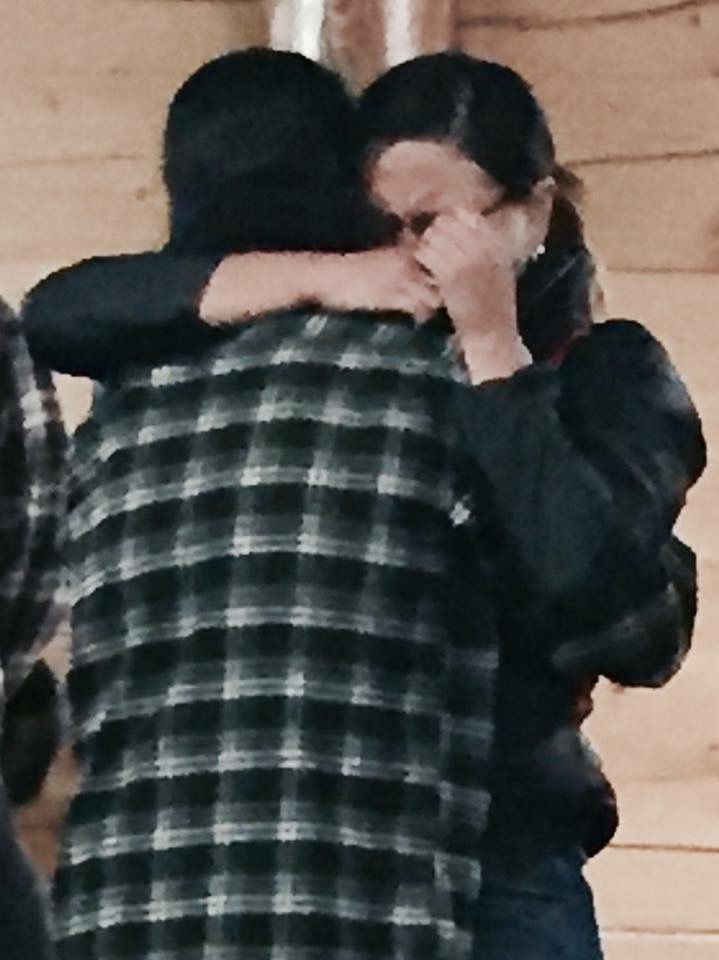
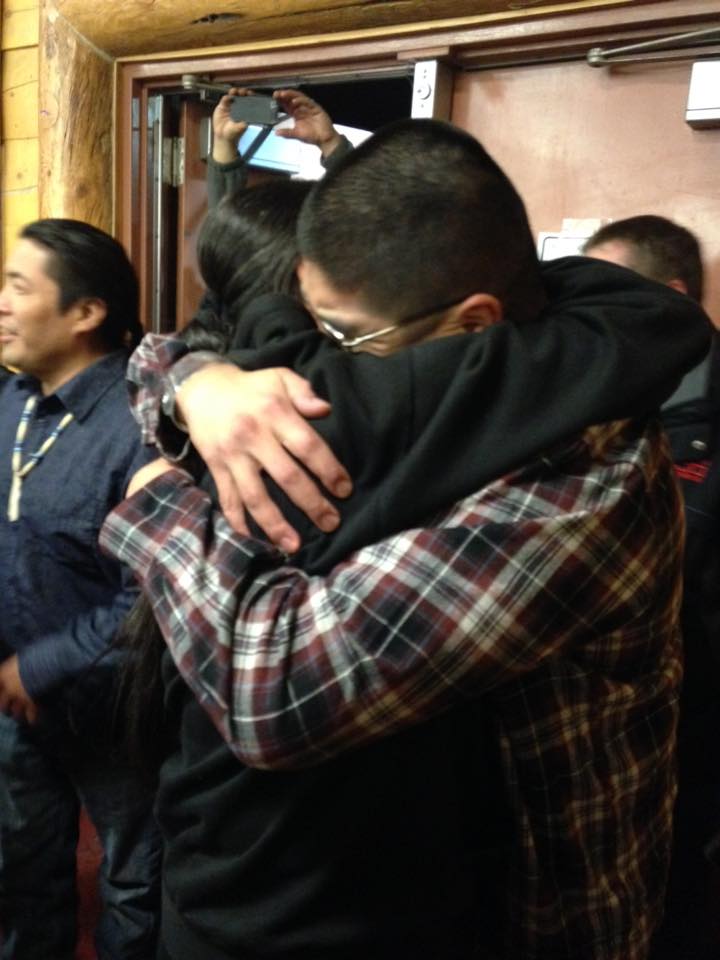
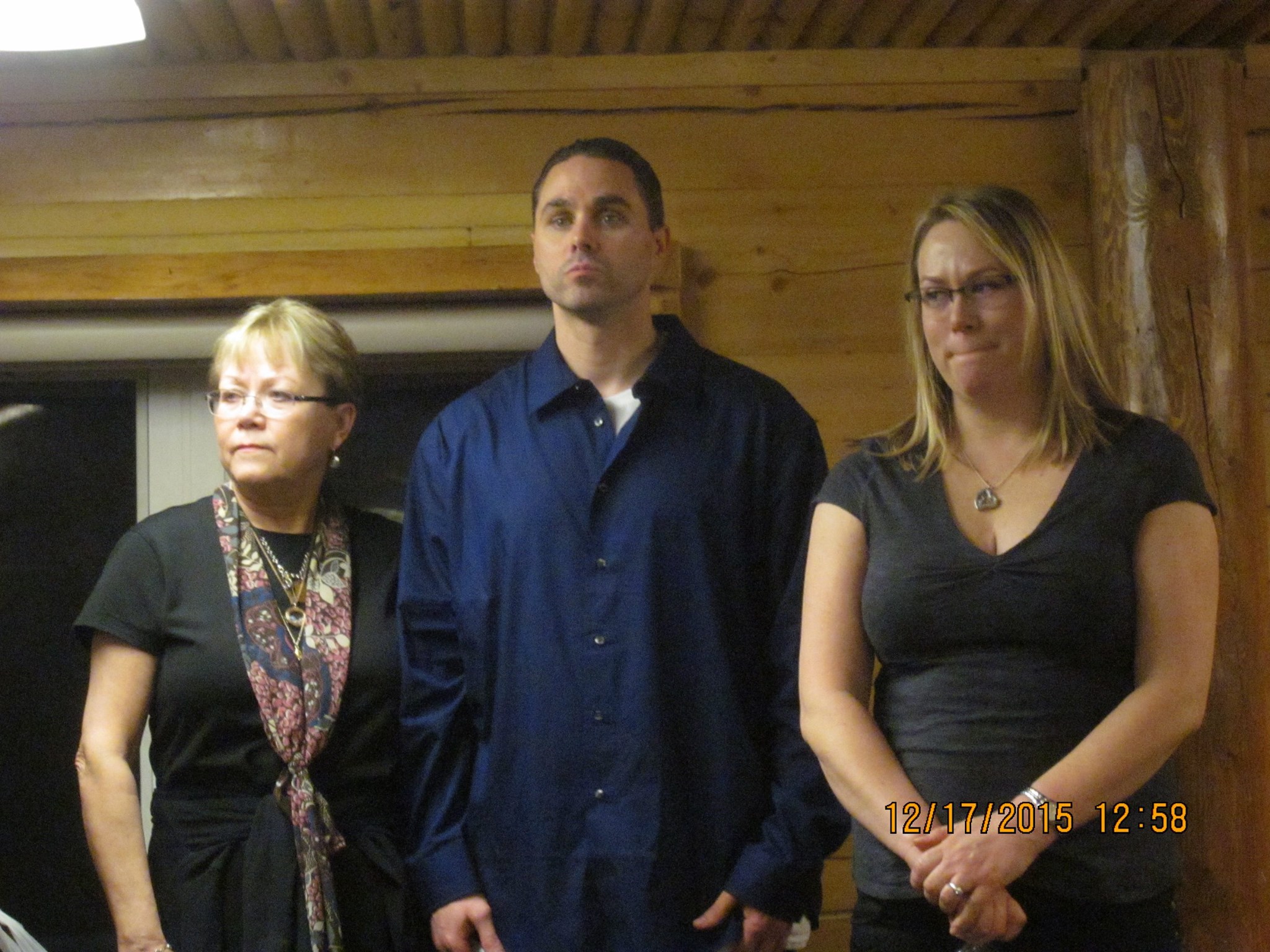
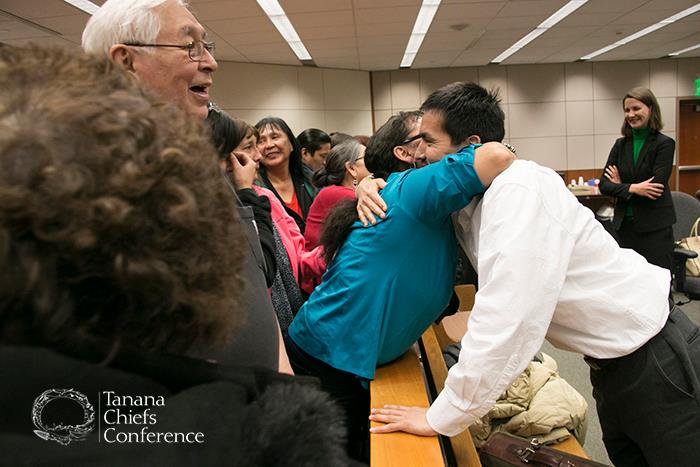

 The average citizen of the free world tends to understand and accept that attacks on freedom of speech happened unabated through history, yet still believe that such attacks are part of the past. That is because the average citizen goes to work, comes home to catch some prime time television, throws the occasional political meme up on their Facebook wall, and expresses their more radical beliefs at their own tables. In short, the average citizen does not live in a state of oppression, and does not speak out in high visibility situations about the oppression or unjust actions taken by the government that they observe. And thus, tales of attacks on civil rights leaders, corruption, abuses of power, are relegated to the history channel documentaries on the 60’s or Richard Nixon and the like.
The average citizen of the free world tends to understand and accept that attacks on freedom of speech happened unabated through history, yet still believe that such attacks are part of the past. That is because the average citizen goes to work, comes home to catch some prime time television, throws the occasional political meme up on their Facebook wall, and expresses their more radical beliefs at their own tables. In short, the average citizen does not live in a state of oppression, and does not speak out in high visibility situations about the oppression or unjust actions taken by the government that they observe. And thus, tales of attacks on civil rights leaders, corruption, abuses of power, are relegated to the history channel documentaries on the 60’s or Richard Nixon and the like. In July of 2015 the State of Alaska served a “subpoena duces tecem” on this blogger for testimony and collection of my personal AND work emails, letters, communications of all kind, writings, and more. The full scope of the subpoena is pictured here. A subpoena duces tecem is used to take property and information into the custody. It is a Latin phrase which translates as “you will bring with you under penalty of punishment.”
In July of 2015 the State of Alaska served a “subpoena duces tecem” on this blogger for testimony and collection of my personal AND work emails, letters, communications of all kind, writings, and more. The full scope of the subpoena is pictured here. A subpoena duces tecem is used to take property and information into the custody. It is a Latin phrase which translates as “you will bring with you under penalty of punishment.” It is worth noting that the questions were not relevant to the Fairbanks Four case, and were stereotypical attacks of a power figure against a woman. Revelation of deviant past behavior, attacks on maternal identity, and sexual relationships or sexual history, though certainly not relevant to the case, are a classic targets when attempting to discredit any woman. And we should all be concerned at the idea of the government slut-shaming outspoken women. That said, look backward, and look forward. There has always been an organized overkill response to women who are too outspoken or who possess political power that makes the powers that be uncomfortable. The Salem Witch trials come to mind. Scarlet letters. Stolen children. The many thousands of land owning widows who faced execution, wrongful conviction, displacement. The woman, who, right now as you read this, is being hung or stoned to death or beheaded or otherwise silenced by death for failing to accept the terms of her specific oppression,. Beheaded and deposed is a far cry from one another. Yet, we cannot regard any action on the spectrum as acceptable without condoning the ideology that fuels attacks on the outspoken. And my specific experience is worth talking about only because it is universal, and because I am so ordinary. If the government can go through all of my stuff and ask me those questions, they could do that to anyone. And I was far from the only person under scrutiny in this case.
It is worth noting that the questions were not relevant to the Fairbanks Four case, and were stereotypical attacks of a power figure against a woman. Revelation of deviant past behavior, attacks on maternal identity, and sexual relationships or sexual history, though certainly not relevant to the case, are a classic targets when attempting to discredit any woman. And we should all be concerned at the idea of the government slut-shaming outspoken women. That said, look backward, and look forward. There has always been an organized overkill response to women who are too outspoken or who possess political power that makes the powers that be uncomfortable. The Salem Witch trials come to mind. Scarlet letters. Stolen children. The many thousands of land owning widows who faced execution, wrongful conviction, displacement. The woman, who, right now as you read this, is being hung or stoned to death or beheaded or otherwise silenced by death for failing to accept the terms of her specific oppression,. Beheaded and deposed is a far cry from one another. Yet, we cannot regard any action on the spectrum as acceptable without condoning the ideology that fuels attacks on the outspoken. And my specific experience is worth talking about only because it is universal, and because I am so ordinary. If the government can go through all of my stuff and ask me those questions, they could do that to anyone. And I was far from the only person under scrutiny in this case.


 One piece of evidence was introduced, and then rejected by the court, as “evidence” of my gang affiliation. It was a letter from Eugene Vent some years ago. In a six-page diatribe about the evils or racism and how the prison system encourages the internalization of racist stereotypes as a means of control, how that same prison system is a microcosm of society, and racism and identity by ethnicity is a construction of the majority to oppress the minority, Eugene used the word “brotherhood,” and once he capitalized it. He also capitalized words like “defense,” “potential,” and “tomorrow.” To my sincere frustration, Eugene does not use capital letters or quotation marks appropriately all the time. Yet, that does not mean I am in a gang, only that I was correct when I warned him that alternative grammar has unintended consequences (or “Consequences” as he might say). Nor does it mean that anyone was assaulted.
One piece of evidence was introduced, and then rejected by the court, as “evidence” of my gang affiliation. It was a letter from Eugene Vent some years ago. In a six-page diatribe about the evils or racism and how the prison system encourages the internalization of racist stereotypes as a means of control, how that same prison system is a microcosm of society, and racism and identity by ethnicity is a construction of the majority to oppress the minority, Eugene used the word “brotherhood,” and once he capitalized it. He also capitalized words like “defense,” “potential,” and “tomorrow.” To my sincere frustration, Eugene does not use capital letters or quotation marks appropriately all the time. Yet, that does not mean I am in a gang, only that I was correct when I warned him that alternative grammar has unintended consequences (or “Consequences” as he might say). Nor does it mean that anyone was assaulted.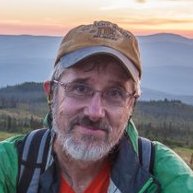 The bearded and bespectacled man on the witness stand looked every bit the part of reporter and professor as eyes darted from one end of the courtroom to the other, following the volley of words between attorneys arguing about the man’s very presence in the courtroom. The notion alone of a reporter on the witness stand who has neither witnessed a crime nor participated in one, but has simply researched and written articles, is unsettling enough to spark debate. Over the objections of media attorney John McKay, to the horror of fellow journalists, and the great fascination of spectators, the reporter was indeed called to testify in the evidentiary hearing for four men who are widely believed to be wrongfully convicted of an eighteen year old murder.
The bearded and bespectacled man on the witness stand looked every bit the part of reporter and professor as eyes darted from one end of the courtroom to the other, following the volley of words between attorneys arguing about the man’s very presence in the courtroom. The notion alone of a reporter on the witness stand who has neither witnessed a crime nor participated in one, but has simply researched and written articles, is unsettling enough to spark debate. Over the objections of media attorney John McKay, to the horror of fellow journalists, and the great fascination of spectators, the reporter was indeed called to testify in the evidentiary hearing for four men who are widely believed to be wrongfully convicted of an eighteen year old murder. The convictions of the four accused rested very heavily on the eye witness testimony of a man named Arlo Olson, whose testimony was the subject of the letter to the editor that sparked O’Donoghue’s curiosity. Olson was presented at trial as a moral man doing his rather heroic civic duty by coming forward with his account of seeing the four accused men together that night. But O’Donoghue rapidly uncovered a more complex vision of the star witness than the one presented at court, and subsequently printed in the media. Olson was facing charges for beating a pregnant woman when he came forward as a witness. Some months later he was granted a sentence with no jail time, with the judge’s stated motivation for the leniency that Olson had “assisted authorities.” Olson was a far cry from the academic and clean-cut young man the jury was led to believe stood before them, and in fact had a long and troubling criminal record. O’Donoghue also realized that Olson had been standing 550 feet away from the assault he claimed to have witnessed, in the dark, drunk, and in a crowd of people who all claimed to have seen nothing. O’Donoghue’s earliest research into the star witness produced even more startling revelations that the transcripts and public records. Olson had recanted, multiple times, including to the prosecuting attorney for the state who threatened Olson with perjury if he refused to testify.
The convictions of the four accused rested very heavily on the eye witness testimony of a man named Arlo Olson, whose testimony was the subject of the letter to the editor that sparked O’Donoghue’s curiosity. Olson was presented at trial as a moral man doing his rather heroic civic duty by coming forward with his account of seeing the four accused men together that night. But O’Donoghue rapidly uncovered a more complex vision of the star witness than the one presented at court, and subsequently printed in the media. Olson was facing charges for beating a pregnant woman when he came forward as a witness. Some months later he was granted a sentence with no jail time, with the judge’s stated motivation for the leniency that Olson had “assisted authorities.” Olson was a far cry from the academic and clean-cut young man the jury was led to believe stood before them, and in fact had a long and troubling criminal record. O’Donoghue also realized that Olson had been standing 550 feet away from the assault he claimed to have witnessed, in the dark, drunk, and in a crowd of people who all claimed to have seen nothing. O’Donoghue’s earliest research into the star witness produced even more startling revelations that the transcripts and public records. Olson had recanted, multiple times, including to the prosecuting attorney for the state who threatened Olson with perjury if he refused to testify. The articles consumed the front page of the paper for seven consecutive days and revealed the many inconsistencies in the investigation, the Olson inconsistencies, unearthed an illegal jury experiment, explored the details of the alleged confessions, presented the possibility of alternate suspects, and generally revealed to the community of Fairbanks that the case that had shocked them all in its brutality yet strengthened their faith in local justice may not be what it initially appeared. The series also gave a public voice for the first time to many Native community members and leaders who had long held the four were innocent.
The articles consumed the front page of the paper for seven consecutive days and revealed the many inconsistencies in the investigation, the Olson inconsistencies, unearthed an illegal jury experiment, explored the details of the alleged confessions, presented the possibility of alternate suspects, and generally revealed to the community of Fairbanks that the case that had shocked them all in its brutality yet strengthened their faith in local justice may not be what it initially appeared. The series also gave a public voice for the first time to many Native community members and leaders who had long held the four were innocent.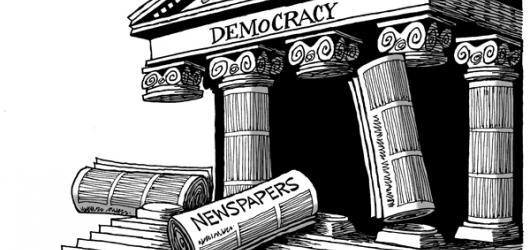 Alongside the reporter and professor under fire in the courtroom, the very concept of freedom of the press and freedom of speech in Alaska came under scrutiny. As the reporter’s phone calls were played and his emails were read line by line, there was a message between the lines clearly communicated to the press of Alaska – if you write something your government doesn’t like, there are consequences.
Alongside the reporter and professor under fire in the courtroom, the very concept of freedom of the press and freedom of speech in Alaska came under scrutiny. As the reporter’s phone calls were played and his emails were read line by line, there was a message between the lines clearly communicated to the press of Alaska – if you write something your government doesn’t like, there are consequences.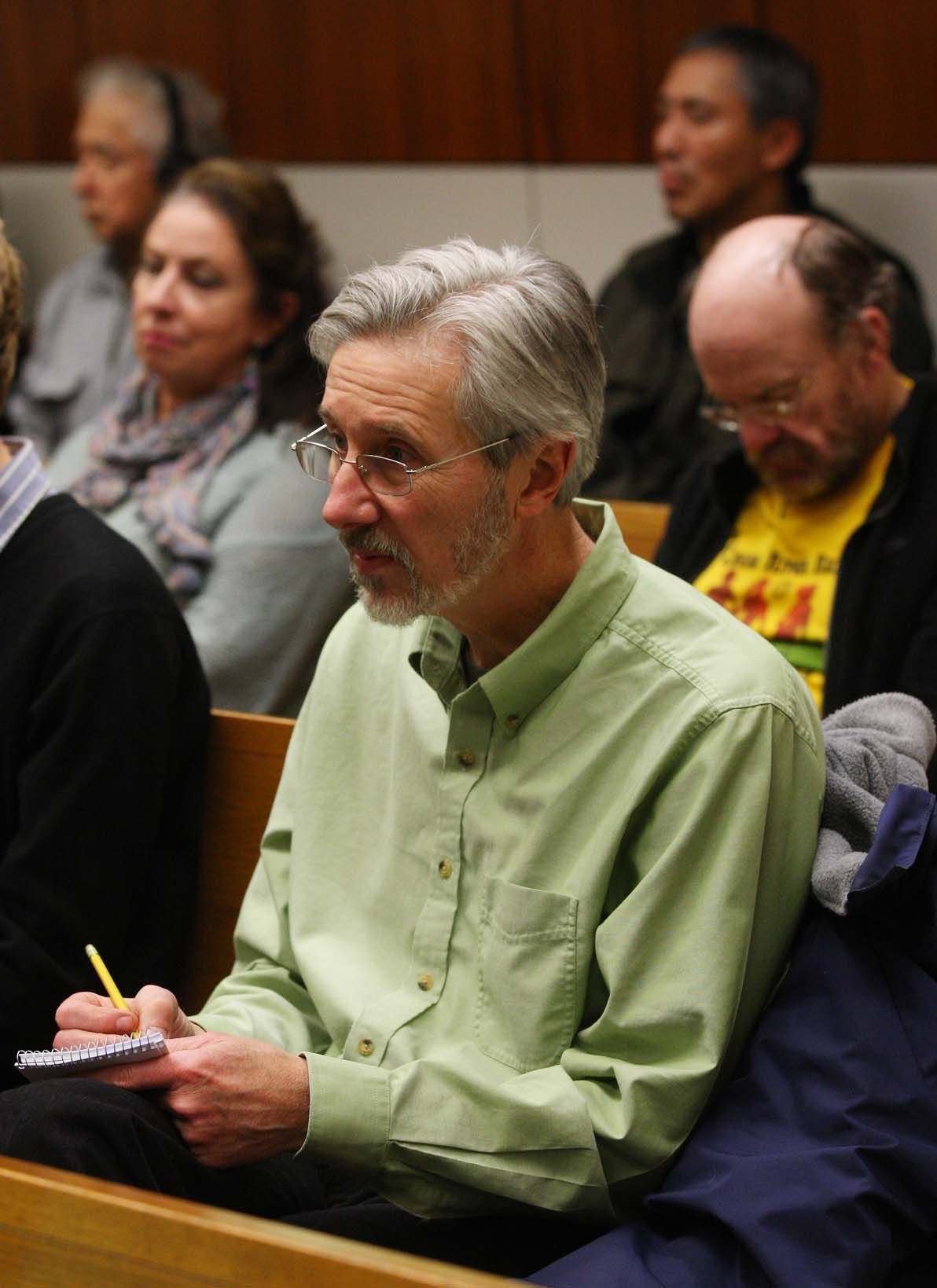
 Thank you to Shirley Lee. The late Shirley Demientieff was right when she looked at you and saw the rare strength and bravery it would take. Thank you for keeping your promises. Thank you for picking up that sign and continuing to fight.
Thank you to Shirley Lee. The late Shirley Demientieff was right when she looked at you and saw the rare strength and bravery it would take. Thank you for keeping your promises. Thank you for picking up that sign and continuing to fight. Thank you to the people who were brave enough to stand up and demand to be heard. Who risked their jobs, reputations, took time from their families, money from their pockets, risked their businesses, risked their safety, and stood up for the truth in a climate of deceit without regard to the cost or reward Thank you Misty Nickoli, Edgar Henry, Ricko DeWilde, Annette McCotter, Skye Malemute, Jody Hassel, Bryan Duszynski. There is something to be said for people who will do the right thing when it is hard and unpopular. For people who will stand there until they are seen or speak up until they are heard. Without you nothing changes.
Thank you to the people who were brave enough to stand up and demand to be heard. Who risked their jobs, reputations, took time from their families, money from their pockets, risked their businesses, risked their safety, and stood up for the truth in a climate of deceit without regard to the cost or reward Thank you Misty Nickoli, Edgar Henry, Ricko DeWilde, Annette McCotter, Skye Malemute, Jody Hassel, Bryan Duszynski. There is something to be said for people who will do the right thing when it is hard and unpopular. For people who will stand there until they are seen or speak up until they are heard. Without you nothing changes. Thank you Bill Oberly of the Alaska Innocence Project. I am not sure we could find the right words to express the gratitude we feel toward you. When we reach the end of this journey, this specific journey toward justice and the end of our personal journeys, your decision to step forward and advocate for the forgotten innocent will be one of the most memorable moments we have ever encountered. It is one thing to fight for a brother, son, or friend. It is another thing entirely to take up the plight of strangers. It was your voice and yours alone inside the legal community that cried out for justice, and it was your voice that others joined.
Thank you Bill Oberly of the Alaska Innocence Project. I am not sure we could find the right words to express the gratitude we feel toward you. When we reach the end of this journey, this specific journey toward justice and the end of our personal journeys, your decision to step forward and advocate for the forgotten innocent will be one of the most memorable moments we have ever encountered. It is one thing to fight for a brother, son, or friend. It is another thing entirely to take up the plight of strangers. It was your voice and yours alone inside the legal community that cried out for justice, and it was your voice that others joined.
